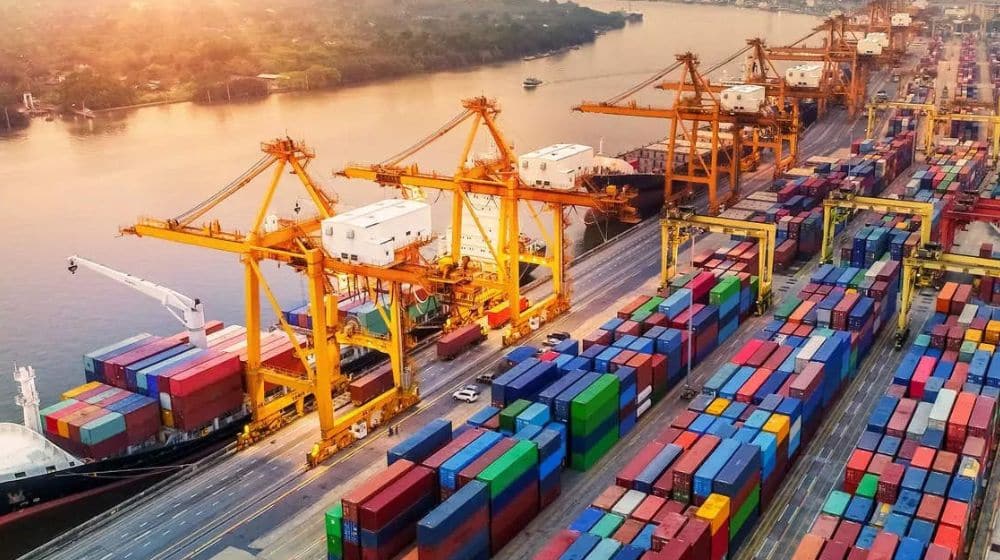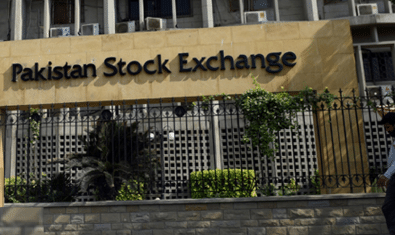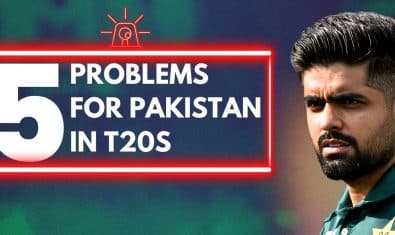Finance Division has raised objections over the 5Es Framework for enhancing exports while saying that the exercise focuses on exporting goods and ignoring the key potential area of information technology (IT) and the financial sector.
The Division submitted its observations and recommendations in response to the 5Es Framework of the Planning Commission. Federal Minister for Planning, Development and Special Initiatives Ahsan Iqbal chairs the 5Es Framework meeting.
Finance Division has asked why the focus is only on the textile sector. The performance of this sector remains very stagnant over the years even after huge facilitation by the government. Other sectors should also be explored to reach the potential of the Industrial sector, the Division recommended.
“We should consider other regional competitors and how they are getting benefits by exploring the IT sector in the global market. Another important is the consistency of the policies to ensure sustainability and growth potential, it noted.
The first E addresses the issue of export promotion with different initiatives in various sectors like; Manufacturing, Mineral, Investment, Commerce & SMEs. Finance Division stated that there is also a need to increase exports in Agriculture and IT sectors for which there is a need to introduce effective measures. Further, the first E should also address increasing the competitiveness of exports so that it can compete with the products of other countries in the international market. Besides focus on services exports should also be part of First E.
Finance Division noted that export-led growth generally depends upon a number of assumptions like favorable geo-political, global economic situation, political stability, law and order situation, highly developed infrastructure, productive manpower, price competitiveness and high bargaining power in trade negotiations, low population growth rate and substantial research and development expenditure, etc.
There is little likelihood of managing the above said factors effectively in the case of Pakistan to enable the exports to increase to a level where they could contribute significantly to economic growth. Therefore, it is important to analyze whether export-led growth is feasible in the context of the above-mentioned factors.
“Further, we are of the view that to increase exports, there is a need to focus on addressing the structural issues. It is also vital to boost logistics in order to lower the cost of doing business and make goods and services more competitive in the global market”, it added.
The framework should have a little discussion on how to increase the Total Factor Productivity TFP. We are of the view that to improve TFP there is a need to increase the efficiency of resource use and technological breakthrough in the economy. This can be achieved by investment in agricultural development projects, macroeconomic stability, education & training, research & development, infrastructure development, and institutional reforms, Finance Division noted.
Besides product and market diversification. to achieve sustainable and higher growth in exports, Pakistan needs to improve competitiveness. By adopting more skilled and technology-intensive activities, Pakistan can improve competitiveness, however, improvement in Logistics as a measure of trade facilitation is fundamental for the country’s export competitiveness and foreign market expansion for indigenous goods. In this regard, the transport cost can be reduced considerably by introducing effective policy reforms in customs, ports, road authorities, and traffic regulators.
Further, there is a quality and efficiency of logistic services. In this regard, a significantly higher investment would be important. Particularly, investment for the improvement in information technology-related infrastructure, management, and human resources capabilities would lead to producing well-organized and skilled logistics services. For this purpose, the public-private partnership may be important in the context of investment and efficient governance.
Finance Division stated that Pakistan, like many developing countries, faces significant challenges in meeting its energy and infrastructure needs. Adequate access to energy and robust infrastructure is critical for social and economic development, as they facilitate the movement of goods and people, support economic growth, and provide essential services such as healthcare and education.
A comprehensive framework for energy and infrastructure development in Pakistan should focus on the following key areas: Pakistan’s energy mix is heavily reliant on fossil fuels, particularly oil, and gas. A sustainable and reliable energy infrastructure requires a shift towards renewable energy sources, such as solar, wind, and hydropower. A mix of large-scale power generation projects, distributed generation, and microgrids can provide energy access to both urban and rural communities. Additionally, modernizing and expanding the transmission and distribution network can reduce transmission losses and improve energy efficiency.
Pakistan’s transportation infrastructure requires significant investment to meet the demands of a growing economy. Improving road networks, railways, and ports can facilitate the movement of goods and people, support trade, and improve connectivity between urban and rural areas. Investment in public transportation, such as buses and metros, can also reduce traffic congestion and improve access to jobs, education, and healthcare.
Pakistan faces significant challenges in providing access to safe drinking water and basic sanitation facilities. Improving water supply and sanitation infrastructure can reduce the incidence of water-borne diseases, increase agricultural productivity, and support economic development. Investments in water supply and sanitation infrastructure should include decentralized systems that can provide access to rural and peri-urban communities.
Digital infrastructure, such as high-speed internet and mobile networks, can support economic growth and provide access to essential services such as healthcare and education. Investment in digital infrastructure can also support e-commerce and other digital services, which can create new economic opportunities and increase productivity.
Energy efficiency is a critical component of sustainable and inclusive social and economic development in Pakistan. Improving energy efficiency can help reduce energy costs, increase productivity, and reduce greenhouse gas emissions, while also improving access to essential services such as healthcare and education.
Buildings account for a significant portion of energy consumption in Pakistan, particularly in urban areas. Improving building energy efficiency can reduce energy consumption, lower energy bills, and improve indoor comfort. This can be achieved through a mix of building codes and standards, incentives for building owners to invest in energy efficiency upgrades, and public education campaigns to raise awareness of the benefits of energy efficiency.
The industry is a significant consumer of energy in Pakistan and improving industrial energy efficiency can help reduce energy costs and increase competitiveness. This can be achieved through a mix of technical assistance to help industries identify energy efficiency opportunities, regulatory standards and incentives for energy-efficient equipment and processes, and training programs to improve the skills of workers in energy-efficient technologies.
Agriculture is a significant sector in Pakistan and improving agricultural energy efficiency can help reduce energy costs and improve agricultural productivity. This can be achieved through a mix of technical assistance to help farmers adopt energy-efficient practices, incentives for the adoption of energy-efficient equipment and processes, and public education campaigns to raise awareness of the benefits of energy efficiency.
Access to financing is a critical barrier to the adoption of energy-efficient technologies in Pakistan. To address this barrier, a framework for energy efficiency should include incentives for financial institutions to invest in energy efficiencies, such as loan guarantees or low-interest loans and the development of innovative financing models that support energy efficiency projects.
The government is required to work with private sectors and households to mobilize private capital and build energy infrastructure.





















